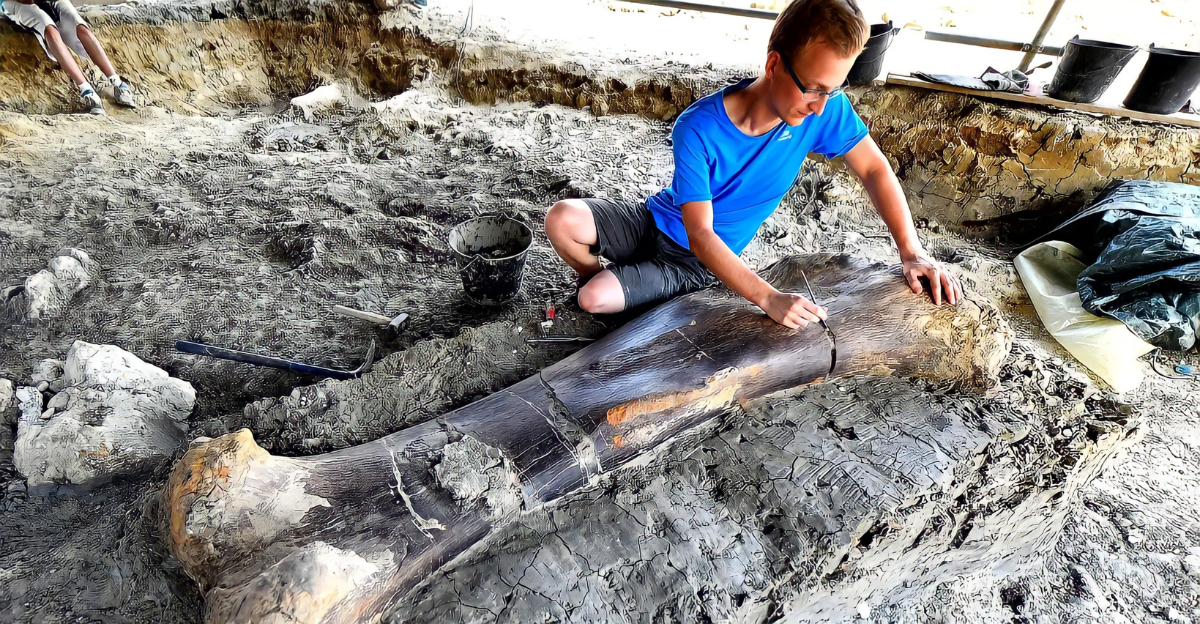
What started as a routine field trip to study ancient rock formations quickly became a thrilling encounter with one of North America’s biggest prehistoric residents, thanks to a group of eager geology students from Sul Ross State University.
This long-necked giant—a secret from the Cretaceous period—is known as the continent’s largest land-dwelling dinosaur. It has left behind a remarkably well-preserved vertebra, sparking excitement among paleontologists and students alike.
It’s not every day that you get to brush shoulders with a creature that once stretched up to 80 feet long and weighed as much as 20 tons!
When Curiosity Struck
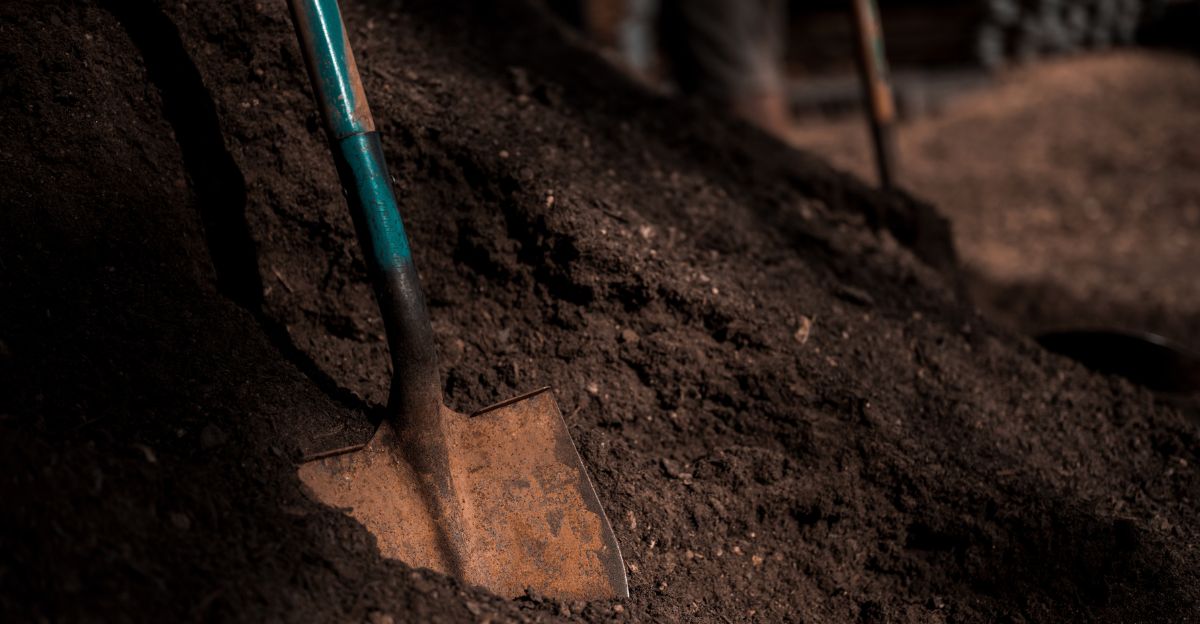
The giant fossil was uncovered in March 2025 during what was supposed to be an everyday geology field trip. A group of keen students from Sul Ross State University set out to study ancient rock layers in Big Bend National Park, Texas.
Instead of just dusty stones, they stumbled upon something far more exciting—a massive bone poking out of the earth! Spring’s mild weather is perfect for digging conditions, talk about perfect timing. What started as a normal day of exploring quickly turned into a thrilling paleontological adventure that none of the students will ever forget.
Where the Magic Happened
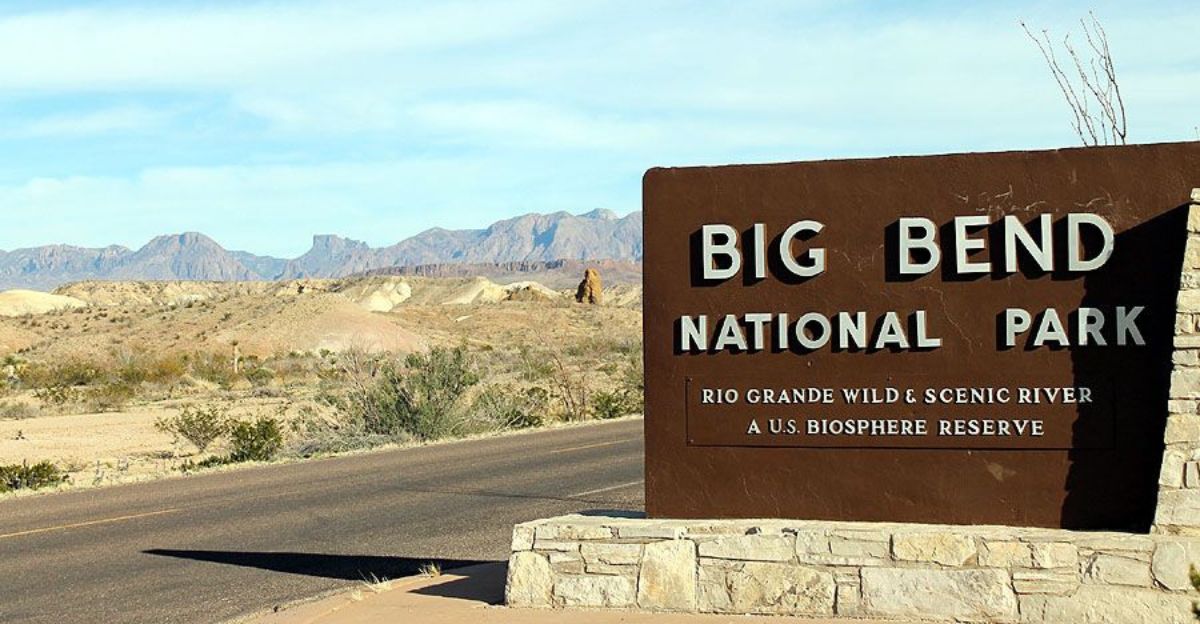
The discovery happened in the rugged, hot terrain of Big Bend National Park, a hotspot for fossil hunters and nature lovers. This great Texas landscape, with its dramatic canyons and desert vistas, has long been a treasure chest of prehistoric secrets.
The exact dig site was hiding away in a remote area where grainy rocks from the Late Cretaceous period are exposed—ideal for preserving ancient bones. It’s a place where time seems to stand still, and now, thanks to this find, it’s also where history roars back to life in the form of a colossal dinosaur fossil.
Why It Matters More Than You Think

You might wonder why one big bone is causing such a buzz. Well, this discovery helps fill in important gaps about the ecosystem and dinosaur diversity in North America just before the mass extinction event. This particular dinosaur was a key player in its environment, and understanding its anatomy and habits sheds light on how these giants lived and adapted.
Plus, involving students in the find means inspiring the next generation of scientists. So, this isn’t just about old bones—it’s about connecting the dots of Earth’s ancient story and sparking curiosity for years to come!
What’s the Big Deal?
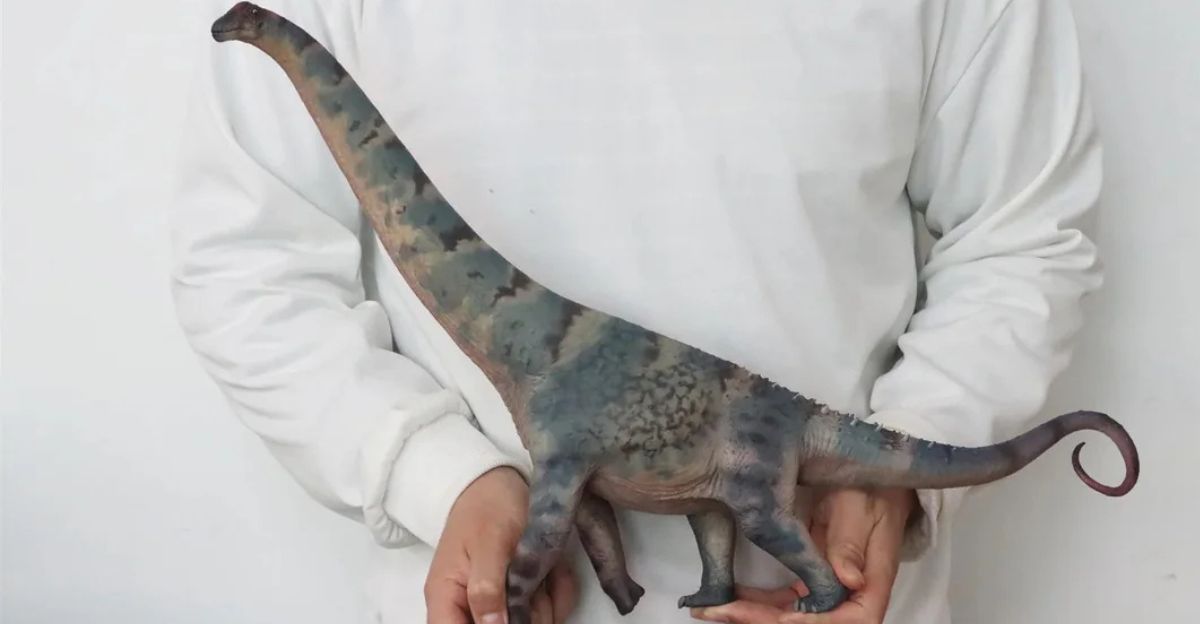
In early 2025, an amazing discovery shook the dinosaur world—a nearly complete fossil of the mighty Alamosaurus! This long-necked titan, known for being one of North America’s largest land dinosaurs, left behind a stash of bones that paleontologists had only dreamed of finding. The standout piece? A remarkably well-preserved vertebra that offers fresh clues about this gentle giant’s size and lifestyle.
Finding such a complete specimen is like hitting the prehistoric jackpot, giving scientists a rare peek into the life of a creature that once roamed the Earth some 70 million years ago. Talk about a blast from the past!
Meet the Team Behind the Dig

Behind every great discovery is an even greater team, and this one’s no exception! The Sul Ross State University students weren’t just lucky—they were prepared, curious, and downright passionate. “We didn’t expect to find anything this big,” said Emily Vargas, one of the lead students on the trip. “When we saw that vertebra, jaws dropped all around!”
Their professors were also thrilled. Dr. Mark Reynolds called it “a textbook example of how hands-on learning can lead to groundbreaking science.” It’s proof that sometimes, the best discoveries come from fresh eyes and eager minds ready to dig deep—literally!
Fossil Frenzy: What Happens Next?
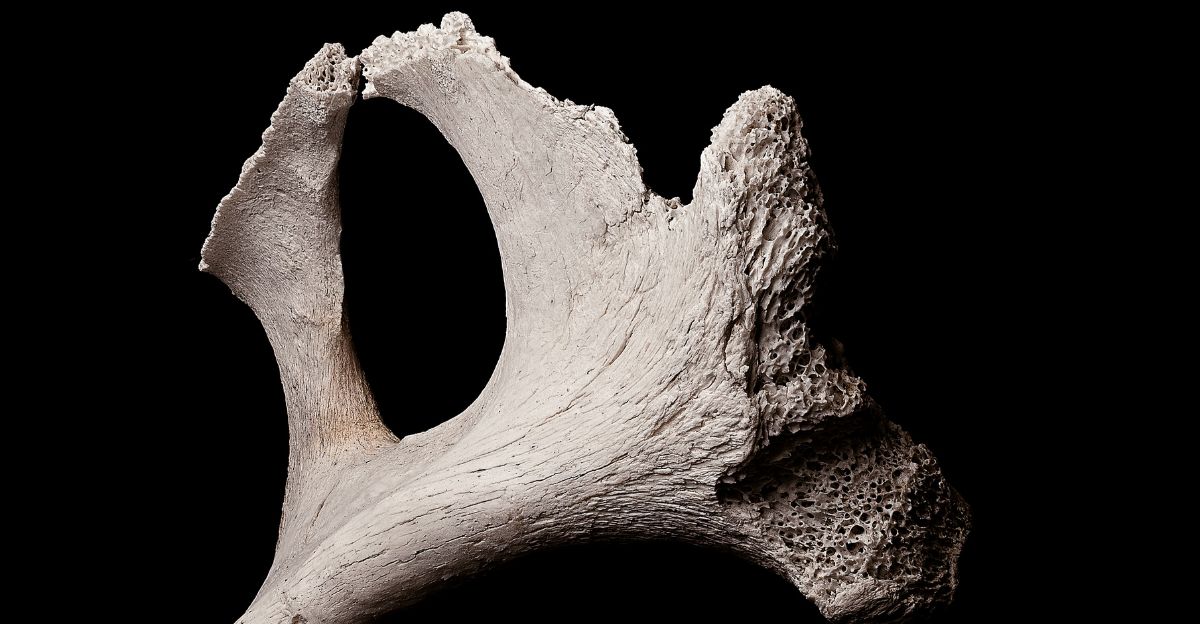
So, what’s the next step after unearthing a dinosaur the size of a small building? First, the fossil will be carefully transported to a lab, where experts will clean, study, and preserve it. “Every bone tells a story,” explains paleontologist Dr. Lisa Chen, who’s set to lead the analysis.
Researchers will use CT scans and 3D modeling to reconstruct the skeleton digitally, helping us visualize this dinosaur in all its glory. Eventually, the fossil might even go on display, allowing the public a chance to stand face-to-face with a true Cretaceous celebrity!
How Big Are We Talking?

If you’re picturing a dinosaur the size of a school bus, you’re actually underselling it. The Alamosaurus could stretch up to 80 feet long—that’s about as long as three giraffes stacked nose to tail! And weighing in at roughly 20 tons, it was a heavyweight champ of its era.
“Imagine a creature so massive it could shake the ground with every step,” says Dr. Reynolds. Yet, in spite of its size, it was a gentle giant nonetheless, munching on plants and peacefully roaming prehistoric plains. It’s a reminder that sometimes, the biggest creatures can be the kindest neighbors.
A Dinosaur’s Day Off: What Did It Eat?

While the Alamosaurus was no meat-eater, it certainly had a hearty appetite. This herbivore likely feasted on a buffet of prehistoric plants—ferns, cycads, and conifers were probably on the menu. With its long neck, it could reach high into trees or low to the ground, making it a versatile diner.
“It’s like the ultimate buffet pass,” jokes Dr. Chen. Understanding its diet helps scientists piece together the ecosystem it lived in, giving clues about climate, vegetation, and even other animals sharing its habitat.
Why Texas? The Perfect Place for Dinosaur Detectives

Texas might be famous for BBQ and cowboy boots, but it’s surprisingly also a goldmine for dinosaur fossils. The state’s diverse geology, especially in places like Big Bend, offers layers of grounds that have preserved ancient creatures for millions of years.
“The Alamosaurus discovery adds to a growing list of incredible finds here,” says local paleontology enthusiast Jake Martinez. Plus, the wide-open spaces mean fewer buildings and more room for fossils to stay hidden—until curious students come along, of course!
Bringing the Past to Life for Future Generations

Discoveries like this don’t just rewrite textbooks—they inspire dreams for future generations. Museums, schools, and communities can use this find to spark interest in science, history, and conservation. As Emily Vargas puts it, “Holding a dinosaur bone in your hands makes history feel real, like you’re part of something bigger.”
Programs are already on a roll to involve local students in fossil preparation and education. After all, today’s fossil finders might be tomorrow’s world-renowned paleontologists, and every giant leap starts with a single curious step.
Explore more of our trending stories and hit Follow to keep them coming to your feed!

Don’t miss out on more stories like this! Hit the Follow button at the top of this article to stay updated with the latest news. Share your thoughts in the comments—we’d love to hear from you!







